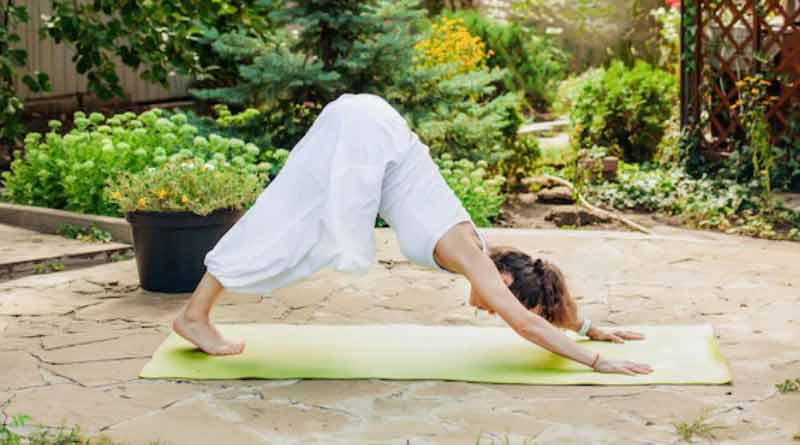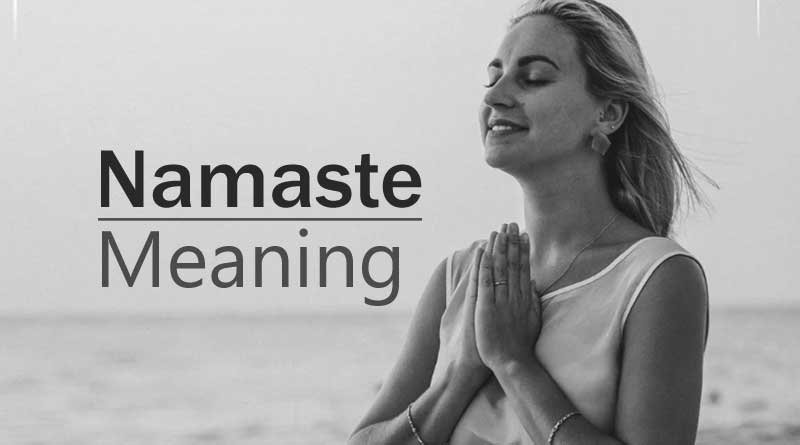Did you know that in 2020, 24.2% of adults over the age of 18 met the 2018 Physical Activity Guidelines for Americans? While many of us know about the health benefits of exercise, we often find that the more obscure types are harder to navigate.
Yoga is a fantastic form of exercise, but is it something you enjoy enough to get more into?
If you’re not quite sure how to get better at yoga, no matter how many tutorials you watch, learn more about our guide below.
Understand the Basics
To begin your journey on how to get better at yoga exercises, it’s important to grasp the fundamental principles of this ancient practice. Start by familiarizing yourself with the core components.
The core components of yoga are the proper alignment of the body in various poses (asanas), the art of controlled breathing (pranayama), and the philosophy that underpins yoga.
Delve into the different styles of yoga. There is Hatha for beginners, Vinyasa for fluid movements, or Ashtanga for a more structured practice. This will help you to discover which resonates most with your goals and preferences.
Building a strong foundation in these basics is important. It will provide you with the necessary knowledge and skills to advance in your yoga practice effectively.
Consistency is Key
One of the most essential principles for improving your yoga practice is consistency. Doing yoga is not about occasional bursts of effort. It is a gradual, transformative journey that requires regularity.
Committing to a consistent practice schedule, whether it’s daily or several times a week, is crucial for making progress. This regularity enhances your physical flexibility and strength. But it also deepens your mental and emotional connection to the practice.
By establishing a dedicated time and space for yoga, you create a routine that fosters discipline, mindfulness, and self-awareness. This ultimately leads to significant and sustainable improvements in your yoga journey.
Find a Good Teacher
A very important thing you can do to get better at yoga is to get help from a trained yoga instructor. A good teacher can give you expert advice, personalized comments, and useful insights on yoga styles that you might not get from practicing on your own.
They will help you learn how to align and use the right technique. They will also teach you how to control your breath, meditate, and understand the philosophical aspect of yoga.
A good teacher makes the learning environment a safe and supportive place to learn. They will also make sure that their lessons fit your needs and goals.
Because they inspire and motivate you, they help you go further into your practice while making sure you do it in a safe and efficient way. When it comes to yoga, picking the right teacher can help you learn faster and understand this ancient art better.
Focus on Breath Control
Breathing is very important in the practice of yoga. This is why controlling your breathing, or pranayama, is such an important part of getting better at yoga.
Controlled, conscious breathing gets oxygen into your body and helps you stay aware and clear-headed during your practice. There are many benefits to learning different types of pranayama. It makes your lungs stronger, keeps your energy in check, and connects your mind and body more deeply.
Some types of pranayama are Ujjayi breath (victorious breath) and Kapalabhati breath (skull-shining breath). Controlling your breath in yoga makes it easier to get through difficult poses.
Being able to control your breathing also helps you relax into stretches and deal with stress better. It’s an important tool for keeping your mind calm, focusing, and moving forward on your yoga path to better physical and mental health.
Start Slow and Progress Gradually
When you first start doing yoga, it’s important to be patient and take things one step at a time. If you try to do advanced types of yoga poses too quickly or push your body past its limits, you could hurt yourself or get frustrated.
Instead, you should start your exercise with some simple asanas. Then, as your strength and flexibility get better, add more difficult poses.
Your body can adapt, get stronger, and become more flexible over time with this deliberate progression. It also gives you a chance to learn more about each pose and improve your balance.
Injury risk is lower when you start slowly and progress gradually. It also helps you build a long-lasting yoga routine that is good for your body and mind in the long term.
Balance Strength and Flexibility
As you do yoga, you will find that strength and flexibility work well together. To improve your yoga practice, you need to find a balance between these two things.
Being flexible lets you move deeper into poses and keeps you from hurting yourself by giving you a bigger range of motion. Strength gives you support and control during those movements.
Do poses that build strength to grow muscle and build stability, especially in your core and upper body. This includes Plank, Chaturanga, and Warrior.
At the same time, do poses that lengthen and stretch your muscles to make your joints and muscles more flexible. This includes Asanas like the Downward Dog pose, Triangle, and Pigeon.
Finding this balance not only makes you stronger but also makes you more aware of your body. This helps you do yoga more gracefully and enjoyably.
Use Props and Modifications
Using props and adjustments is a useful yoga technique that lets people of all levels change their practice to fit their own needs and abilities. Blocks, straps, bolsters, and blankets are some of the yoga props that can help you get into the right pose and stay stable.
They can be especially helpful for people who are just starting out with yoga or who have trouble moving around or being flexible. This means that more people can do yoga.
When you make modifications, on the other hand, you change a pose to fit your current level of exercise. For example, you could use a prop to help you reach the ground in a forward bend or bend your knees in a difficult pose to ease the strain.
You can safely try more poses, avoid injuries, and work your way up to more difficult poses as your strength and flexibility improve by using props and making changes to your practice. This method ensures that yoga stays open to everyone and can be changed to fit your needs, leading to a lasting and fun practice.
Mindfulness and Meditation
Yoga isn’t just about the physical body. It also has deep mental and emotional components that can be reached through meditation and mindfulness.
Mindfulness means focusing on the present moment without judging it. This helps you become more aware of your thoughts, feelings, and body experiences in yoga and in everyday life. It helps you focus and stay in the present moment in each pose.
Conversely, meditation is a daily exercise that helps you find peace of mind, mental clarity, and emotional balance. When you add meditation and mindfulness to your yoga practice, you can go beyond the poses and connect with your inner self more deeply.
Meditating regularly can help you deal with stress and anxiety, improve your general health, and give you tools that will help you in life, both on and off the yoga mat
Learn About Yoga Philosophy
Yoga is more than just physical exercise. It’s a holistic system that includes a lot of philosophical and spiritual ideas. If you want to get better at yoga, you should learn more about the philosophy behind it.
This includes the Eight Limbs of Yoga, the Yamas and Niyamas, and concepts like dharma, karma, and interconnectedness. By learning about yoga philosophy, you gain insight into the profound wisdom that yoga offers beyond the physical postures. This will guide you on a transformative journey toward self-discovery, inner peace, and a more meaningful existence.
Seek Community and Support
Fostering a sense of community and seeking support within the world of yoga can be transformative for your practice. Joining a local yoga community, participating in group classes, or engaging in online forums allows you to connect with fellow yogis who share your passion.
These connections provide a valuable network for sharing experiences, motivation, and insights. Through community, you can gain inspiration from others’ journeys, exchange tips and advice, and receive encouragement when facing challenges.
Surrounding yourself with like-minded individuals and a supportive environment can boost your commitment to regular practice, deepen your sense of belonging within the global yoga community, and ultimately enhance your yoga journey.
Keep This Guide On How to Get Better at Yoga
This ultimate guide on how to get better at yoga has provided valuable tips and techniques to enhance your practice and reach a new level of physical and mental well-being. With dedication, consistency, and patience, anyone can improve their yoga skills and reap the benefits. So why wait? Start your journey towards a stronger, calmer, and more flexible self today. Namaste!
Is this article helpful? Keep reading our blog for more.


